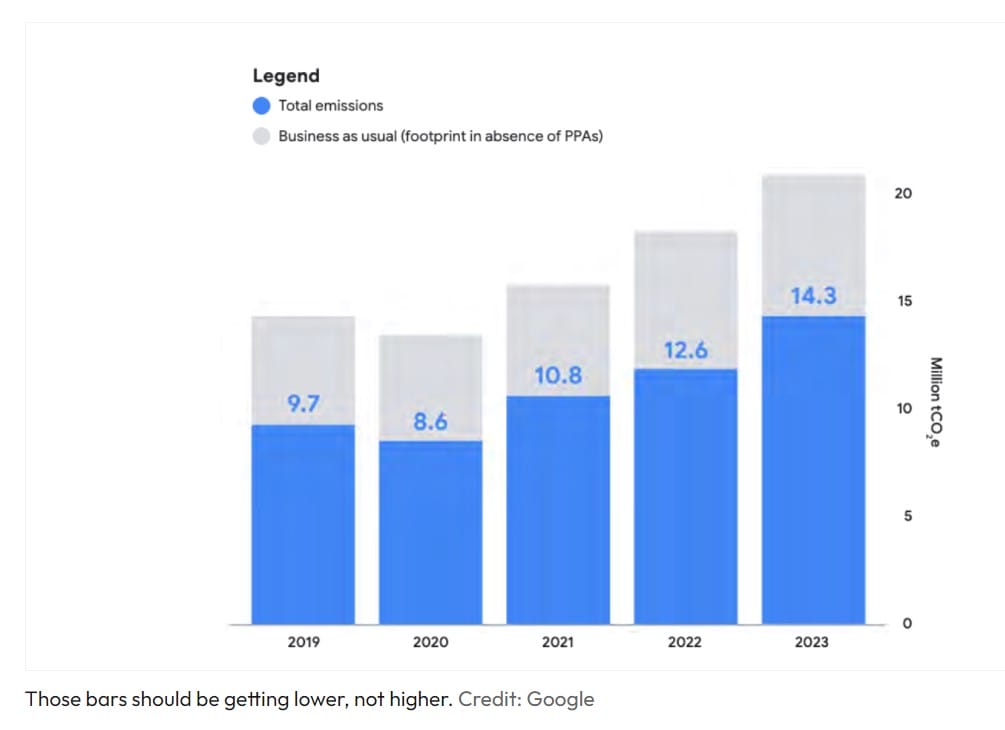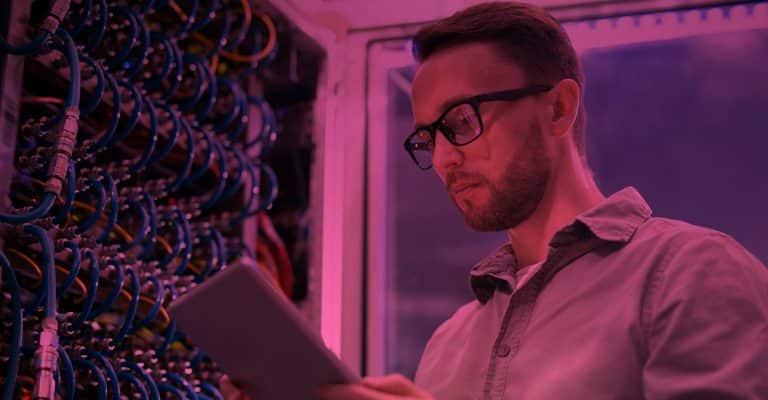- RESEARCHDistance Learning at AIU is enhanced by vast academic resources and innovative technologies build into the Virtual Campus: Hundreds of self-paced courses with video lectures and step by step lessons, thousands of optional assignments, 140,000 e-books, the Social Media & Networking platform allowing collaboration/chat/communications between students, and MYAIU develop students holistically in 11 areas beyond just academics.
- PROGRAMS OFFERED
- Areas of Study
- Courses and Curriculum
- Open Courses
- Register for a Program
- Associate Program
- Associate in Addiction Counseling
- Associate in Agriculture Food And Resources
- Associate in Anti Terrorism Security
- Associate in Behavior Analysis In Special Education
- Associate in Bioethics
- Associate in Climatology
- Associate in Cultural Theological Communication
- Associate in Culinary Arts
- Associate in Ecotechnology
- View all Associates Programs
- Bachelor Program
- Bachelors in Community Development
- Bachelors in Environmental Science
- Bachelor in Education (B.Ed, BS)
- Bachelors in Economics
- Bachelors in Entrepreneurship
- Bachelors in Financial Administration
- Bachelors in Human Resource Management
- Bachelors in Linguistics
- Bachelors in Nutritional Science
- Bachelors in Occupational Health and Safety
- Bachelors in Psychology
- View all Bachelor Programs
- Doctorate Program
- Doctor | of Biology (PhD)
- Doctorate in Business Administration (DBA, PhD)
- Doctor of Economics (PhD)
- Doctor of Electrical Engineering (D.Sc, PhD)
- Doctor of Finance (PhD)
- Doctorate in International Relations
- Doctorate in Information Technology (D.Sc)
- Doctor of Legal Studies (PhD)
- Doctor of Project Management (PhD)
- Doctor of Sociology (PhD, D.Sc)
- Doctorate in Sustainable Natural Resources Management
- View all Doctorate Programs
- Master Program
- Postdoctoral Program
- Postdoctoral in Animal Science
- Postdoctoral in Anti Terrorism Security
- Postdoctoral in Behavior Analysis In Special Education
- Postdoctoral in Bioethics
- Postdoctoral in Blockchain Technology and Digital Currency
- Postdoctoral in Business Management
- Postdoctoral in Cloud Computing
- Postdoctoral in Computer Engineering
- View all Postdoctoral Programs
AIU offers a wide range of majors in areas including the Arts, Business, Science, Technology, Social, and Human studies. More than 120 degrees and programs are available for adult learners at the associate’s, bachelor’s, master’s, doctoral and postdoctoral level. - VIRTUAL CAMPUS
Distance Learning at AIU is enhanced by vast academic resources and innovative technologies build into the Virtual Campus: Hundreds of self-paced courses with video lectures and step by step lessons, thousands of optional assignments, 140,000 e-books, the Social Media & Networking platform allowing collaboration/chat/communications between students, and MYAIU develop students holistically in 11 areas beyond just academics.
- ALUMNI
The world is YOUR campus!”, that is the message of AIU’s month magazine Campus Mundi. Hear the voices and see the faces that make up AIU. Campus Mundi brings the world of AIU to you every months with inspirational stories, news and achievements by AIU members from around the world (students and staff are located in over 200 countries).
Google’s Carbon Footprint Soars by 13% Amid AI Expansion. What It Means for Sustainability?

How can advancements in AI technology contribute to increased energy consumption and carbon emissions?
What strategies can tech companies adopt to balance innovation with environmental sustainability?
How might the rise in Google’s carbon footprint impact your perception of AI and its role in future technological developments?
Answer these questions and share your thoughts with the AIU community. Remember that at the end of the reading, you will have resources such as academic journals, educational websites, and interviews with experts to gather information and present a complete and valuable assignment.
(Login to your student section to access the AIU Additional Resources Library.)
Google’s Carbon Footprint Soars by 13% Amid AI Expansion. What It Means for Sustainability?
At Atlantic International University (AIU), we emphasize the importance of staying informed about the latest developments in technology and their broader implications. A recent example is Google’s increased carbon footprint, a direct result of its prioritization of artificial intelligence (AI) integration into its products. This article delves into how AI advancements have impacted Google’s environmental goals, offering insights into the intersection of technology and sustainability.

Source: www.devoteam.com
The Surge in Google’s Carbon Emissions
In its 2024 environmental report, Google LLC revealed a significant 13% increase in carbon emissions for the year 2023 compared to 2022. This surge is largely attributed to the increased energy consumption in its data centers and supply chain, driven by AI workloads. As AI technologies demand more computational power, the energy required to run these processes escalates, leading to higher carbon emissions.
Energy Consumption and AI Workloads
Google, like other major cloud providers, has heavily invested in enhancing its data centers with AI chips. These chips, while boosting AI capabilities, consume considerably more energy than traditional central processing units (CPUs). Additionally, the high-performance graphics cards required for AI tasks generate more heat, necessitating advanced cooling systems that further increase energy consumption.
In 2023, Google reported emissions equivalent to 14.3 million metric tons of carbon dioxide, a 13% rise from the previous year. This increase was significantly influenced by a 37% rise in market-based emissions, primarily from data center energy consumption. Google’s energy usage in 2023 was 25,910 gigawatt-hours, up from 21,776 gigawatt-hours in 2022 and 12,237 gigawatt-hours five years earlier.

Renewable Energy Initiatives
Despite the increase in emissions, Google has made strides in sourcing renewable energy. In 2023, 67% of its power came from carbon-free energy sources. The company has secured agreements to purchase an additional four gigawatts of clean energy capacity across various locations, including Belgium, Texas, and Australia. This commitment to renewable energy is part of Google’s broader goal to match all electricity used in its data centers with renewable sources by 2030.
Offshore Wind Farms in the Netherlands
A notable step towards this goal was Google’s acquisition of two new wind farms off the coast of the Netherlands. These offshore wind farms, developed in partnership with Shell and Eneco, aim to supply a significant portion of the energy needed for Google’s European data centers. The Hollandse Kust West (HKW) Site VI and Hollandse Kust Noord (HKN) Wind Farm Zone Site V projects are expected to meet about 6% of the Netherlands’ annual electricity demand. The HKN project began generating electricity last year, while HKW VI is anticipated to start in 2026.
The Environmental Impact of AI
The integration of AI into Google’s products illustrates a broader challenge facing the tech industry: balancing technological advancements with environmental sustainability. AI technologies, while offering significant benefits in various fields, come with substantial energy demands. This duality presents a complex scenario where the push for innovation must be weighed against its environmental footprint.

Source: green.googleblog.com
The Role of Data Centers
Data centers are at the heart of AI operations, providing the necessary infrastructure for processing large datasets and running complex algorithms. However, the energy-intensive nature of these centers poses a significant environmental challenge. High-performance computing for AI requires robust cooling solutions, often leading to increased energy use and, consequently, higher carbon emissions.
Strategies for Sustainable AI
To address the environmental impact of AI, companies like Google are exploring several strategies:
- Enhancing Energy Efficiency: Optimizing the energy efficiency of data centers through advanced cooling technologies and energy management systems can significantly reduce their carbon footprint.
- Investing in Renewable Energy: Increasing the share of renewable energy in the power mix helps offset the emissions from energy-intensive AI operations. Google’s investments in wind and solar power are examples of this approach.
- Innovative AI Solutions: Developing AI solutions that require less computational power without compromising performance can also contribute to sustainability. This includes advancements in algorithm efficiency and hardware design.
Conclusion: The Intersection of Technology and Sustainability
Google’s efforts to integrate AI into its products while managing its carbon footprint highlight the complex relationship between technological progress and environmental responsibility. For students at AIU, understanding this intersection is crucial. It underscores the importance of developing technologies that not only drive innovation but also prioritize sustainability.
To delve deeper into the relationship between technology and sustainability, consider exploring AIU’s programs related to environmental science, renewable energy, and information technology. These programs offer comprehensive insights into how cutting-edge technologies can be leveraged to promote sustainable development.
Explore AIU’s programs and become a part of the solution to the environmental challenges posed by technological advancements. Your journey towards making a significant impact on the world starts here.
Also, you can learn more about this topic in AIU’s,wide range of recorded classes that cover various subjects of interest and that can be very useful to expand your knowledge. If this topic interests you, you can explore related live classes. Our extensive online library is also home to a wealth of knowledge, comprised of miles of e-books, serving as a valuable supplemental resource.
Google emissions jump nearly 50% over five years as AI use surges
Google’s Carbon Footprint Increases by 13% As It Prioritizes AI-Integration Into Its Products
Google’s 2024 Environmental Report
Here’s how Google thinks AI should be regulated
Google Purchases Biggest Offshore Wind Farm in Netherlands for Clean Energy Generation by 2030
Google Carbon Footprint: Measuring, Managing, and Mitigating Cloud-Based Emissions
Large Language Models May Have Unacceptable Carbon Footprints.
Reminder to our Dear Students,
Please ensure you are logged in as a student on the AIU platform and logged into the AIU Online
Library before accessing course links. This step is crucial for uninterrupted access to your learning
resources.
AIU Success Stories







Contact Us Today!
Begin Your Journey!
AIU’s Summer of Innovation and Growth gives you the ability to earn up to $5000 in tuition credit by completing free lessons and courses.
Whether you’re looking to acquire new skills, advance your career, or simply explore new interests, AIU is your gateway to a world of opportunities. With free access to 3400 lessons and hundreds of courses the ability to earn credits and earn certificates there’s no better time to start learning.
Join us today as a Guest Student and take the first step towards a brighter, more empowered future.
Explore. Learn. Achieve.

Contact Us
Atlantic International University
900 Fort Street Mall 905 Honolulu, HI 96813 [email protected]
Quick Links
Home | Online Courses | Available Courses | Virtual Campus | Career Center | Available Positions | Ask Career Coach | The Job Interview | Resume Writing | Accreditation | Areas of Study | Bachelor Degree Programs | Masters Degree Programs | Doctoral Degree Programs | Course & Curriculum | Human Rights | Online Library | Representations | Student Publication | Sponsors | General Information | Mission & Vision | School of Business and Economics | School of Science and Engineering | School of Social and Human Studies | Media Center | Admission Requirements | Apply Online | Tuition | Faculty & Staff | Distance Learning Overview | Student Testimonials | AIU Blogs | Register for Program | Privacy Policy | FAQ



















